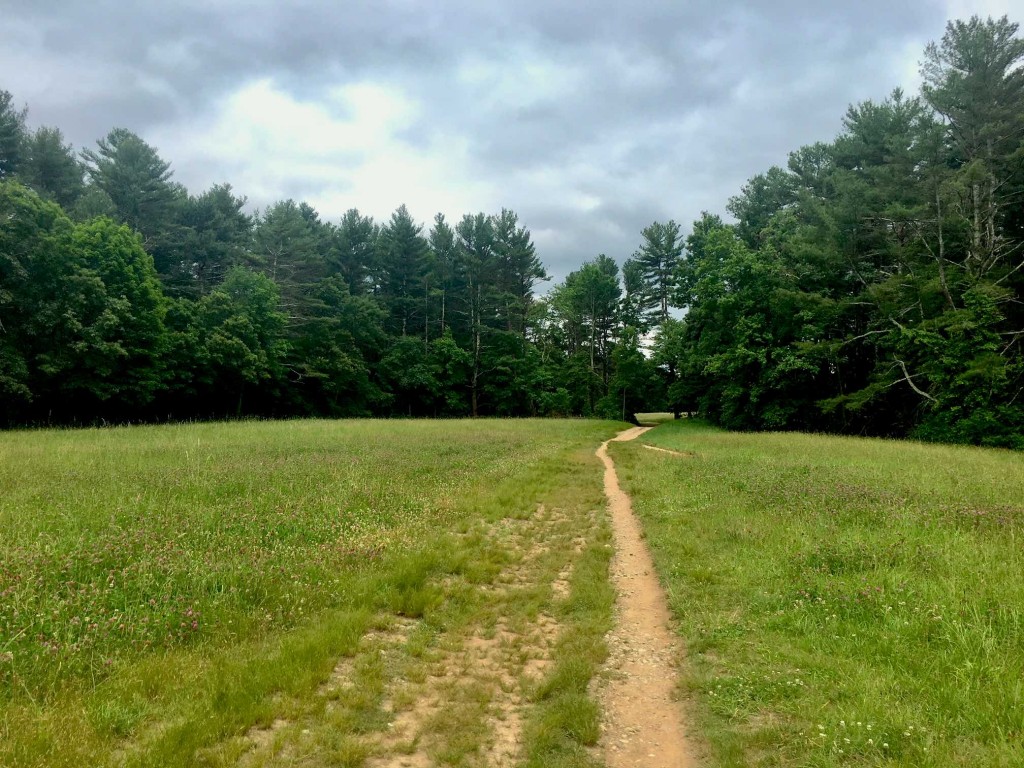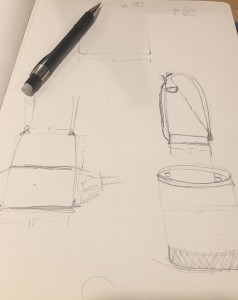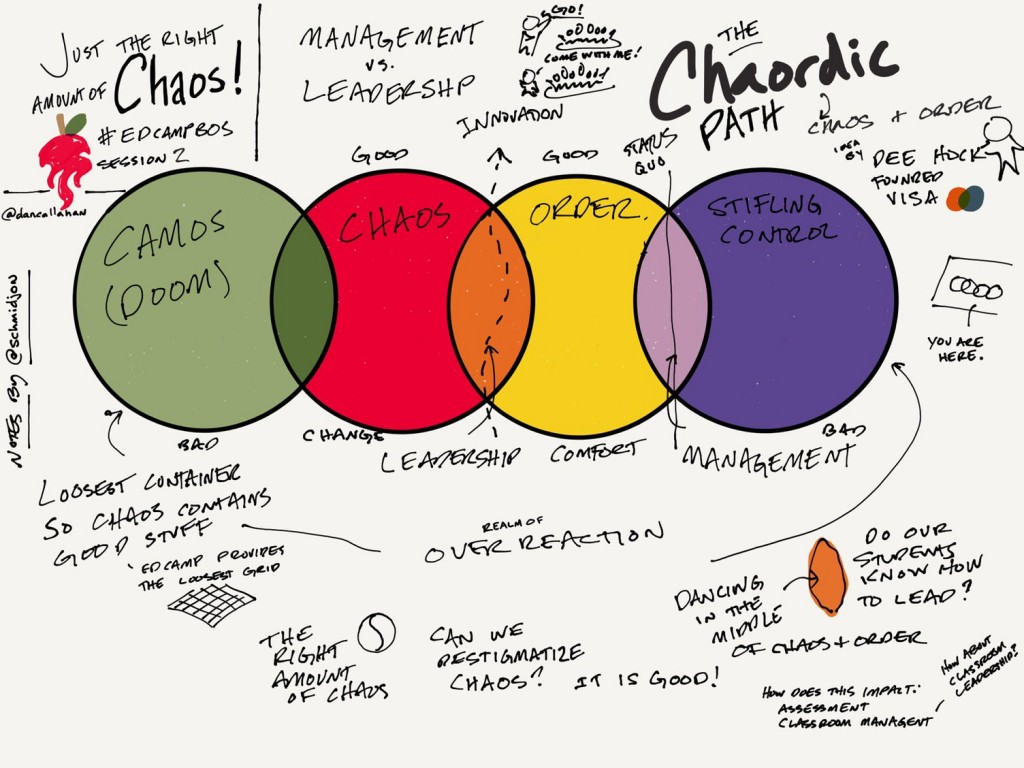Filmmaker Werner Herzog has quipped that to be successful in his craft, one should not go to film school. Instead, he recommends some of the following skills:
- Lock picking
- Document forging
- Multiple languages
- Martial Arts
His argument hinges on a simple truth: in the act of making a film, these skills trump the theoretical offerings of a formal art school. And while thinking of this, it seemed clear that there were things you should know and study that they weren’t teaching in education school.
To that end, I’ve put together a list of the skills and areas of study that I feel are crucial to being a good teacher- but that aren’t taught in any typical education program.
Statistics
And not some simple statistics-for-education. A real, honest to god statistics course. Knowing how to interpret data is crucial- both so you can see the actual meaning of what you’ve gathered, but also so you can see when someone’s trying to pull the wool over your eyes.
Acting
If you think teaching isn’t an act of performance art- stop. Withdraw from your program and give up. You are not presenting yourself as you teach- you are presenting a created version of yourself that best allows you to teach. That’s acting- and you’re going to be doing it six hours a day, five days a week, 180 days a year. If you’re uncomfortable with that fact, this job isn’t for you. Walk away.
Design
Students deserve materials that are well designed- and that’s not just a matter of them “looking better” mind you- good design addresses having the form help the function. I know that Comic Sans is listed as a font on your machine but trust me- it’s not. Not only is it hideous and an abomination- it’s not very readable. It is not in the best interests of your students no matter how “nice” you think it looks. A decent design course can help give you the sensibilities to make better choices.
Conflict resolution training
I took a 32 hour course in restraint training- physical restraints, that is. In my time in conventional classrooms, I never once had cause to put hands on a student. That’s a good thing. What was most interesting about the course was that it spent MORE time on de-escalation techniques than on the actual physical holds. In fact, the mentality was that if it comes to a physical interaction, you’ve already lost. Everything is about slowing things down and calming people. That part of the training I used nearly every day- with students and staff.
Film making
Digital delivery is a given today- you need to be adept, comfortable, and effective at making short films. There isn’t any more “that’s not my job” or “it’s too hard” or whatever. Consumer grade computers capable of digital video editing have been around since at lest 1999- learn how to shoot and edit video. It’s a thing now.
Project management
Dealing with projects spread across some 120 students in various states is as clear an example of project management as I can think of. Learn some tools and techniques to be able to deal with that sort of volume of creation.
I can’t even tell you how many times lock picking was useful in my teaching career- and having some solid A/V experience let me do a lot of things I wouldn’t have been able to any other way. Or how being able to circumvent a firewall/filter was crucial to teaching a lesson. But the above list, I think, represents more along the lines of how we should be thinking about educating teachers. Lateral thinking should be encouraged, rather than the step-by-step adherence to the latest regulations.
I’m not sure I could recommend going into the field to anyone right now- the deck seems so heavily stacked against the ability of good teachers to do what they do best… It’s too big a subject to tackle in this post, I know. There seems to be so much emphasis on “making sure” that “teachers are doing their jobs” (as dictated by a group of distinctly non-educators, mind you…) that there’s no room for good teachers to do their thing.
Still. If you’re in the process of entering the field, and you’re wondering what elective courses to round your program out with- there’s my pick.
 The only metric I keep track of at all it’s how long I’ve been out on the bike. Mostly, that’s because I have obligations as a dad to my family, and I need to make sure that I’m where I’m supposed to be at any given time. Because I don’t chase numbers, it leaves me free to slow down sometimes. I’m not chasing an average speed; I’m not chasing mileage. I’m not chasing anything.
The only metric I keep track of at all it’s how long I’ve been out on the bike. Mostly, that’s because I have obligations as a dad to my family, and I need to make sure that I’m where I’m supposed to be at any given time. Because I don’t chase numbers, it leaves me free to slow down sometimes. I’m not chasing an average speed; I’m not chasing mileage. I’m not chasing anything.
